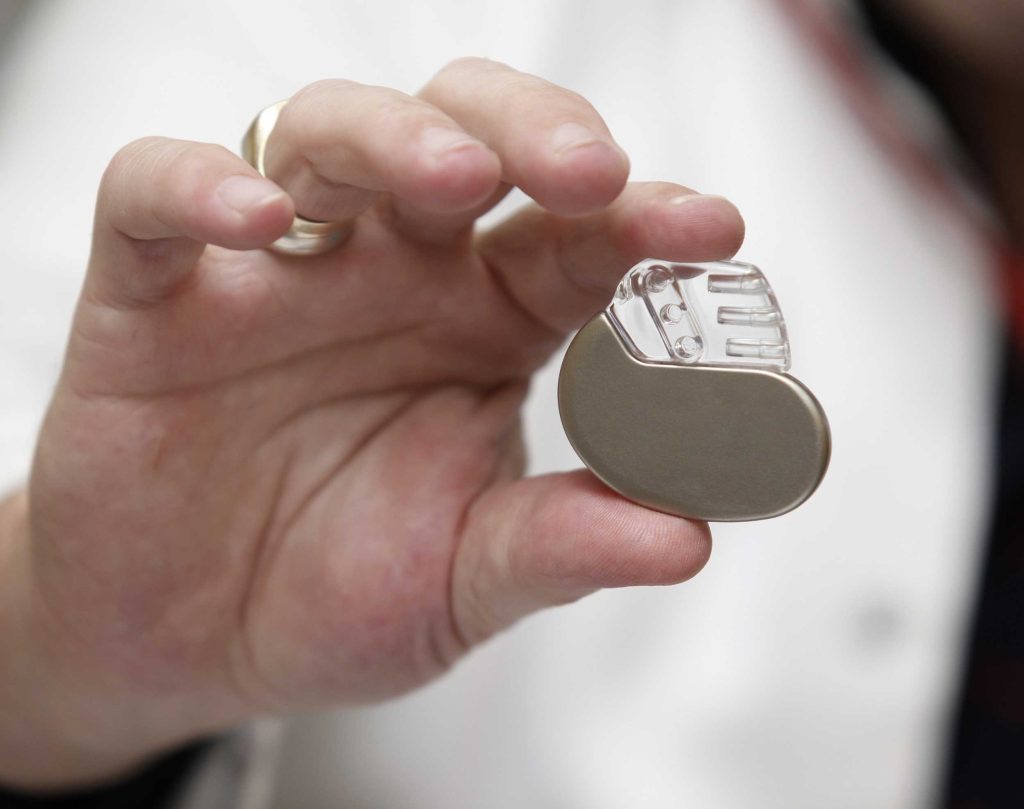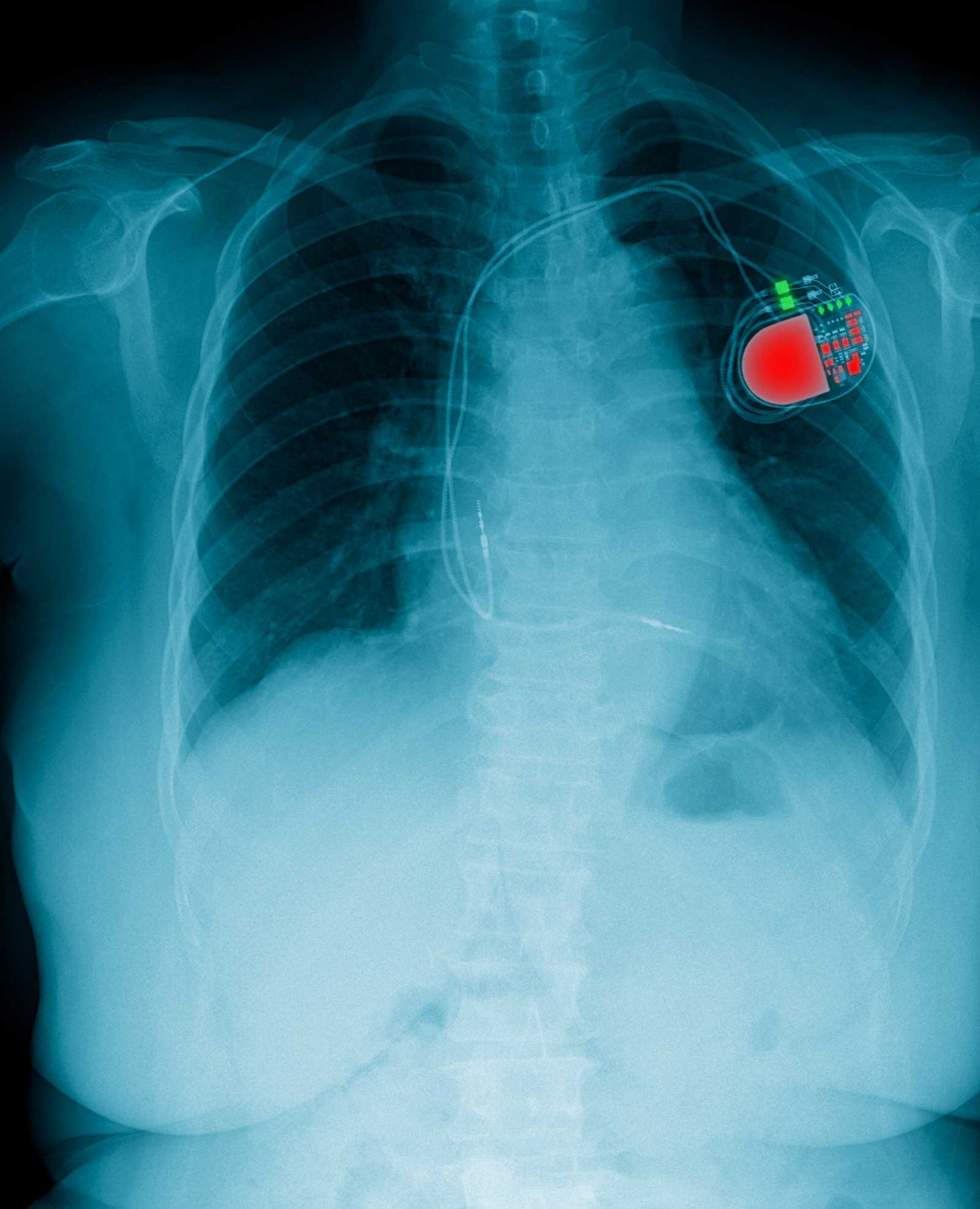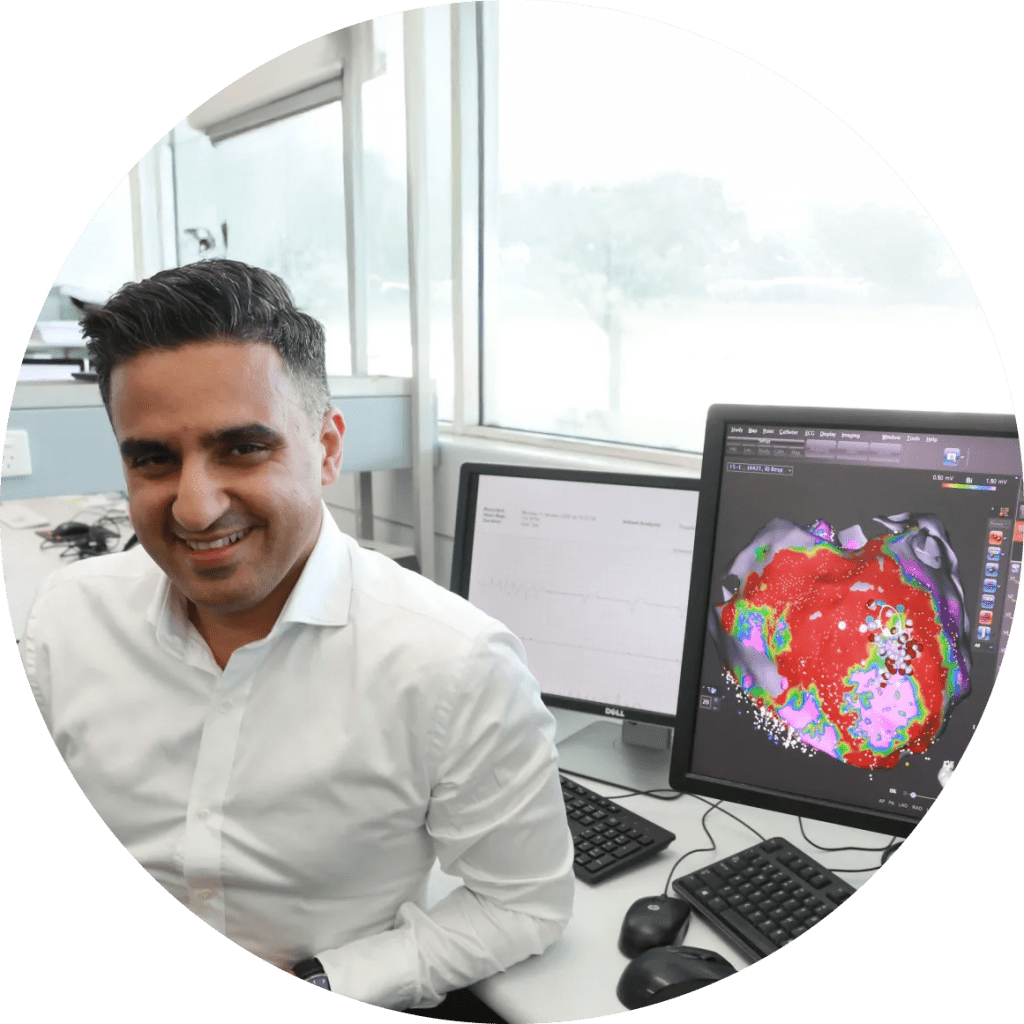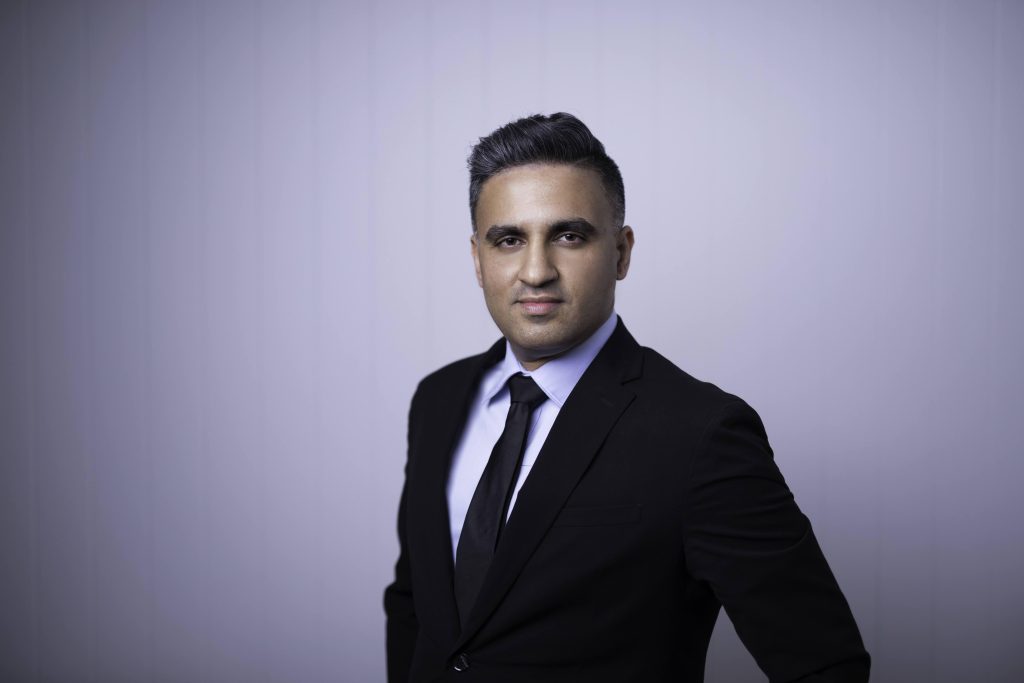Cardiac Device Implantation & Management

Restoring and safeguarding heart rhythm with advanced pacing and monitoring solutions
For patients with slow, irregular, or potentially dangerous heart rhythms, implantable cardiac devices provide life-saving support. These devices can restore normal heart rate, prevent sudden cardiac death, improve heart function, and offer long-term rhythm monitoring—often transforming both quality of life and clinical outcomes.
At his Sydney practice, A/Prof Saurabh Kumar offers comprehensive services in the implantation and management of cardiac devices. As a Cardiologist and Interventional Electrophysiologist with over 15+ years of experience, he has performed hundreds of device procedures and provides expert follow-up care across all device types.
When Are Cardiac Devices Used?
Cardiac devices are typically recommended in cases of:
- Bradycardia – an abnormally slow heart rate causing fatigue, dizziness, or syncope
- Atrioventricular (AV) block – where electrical signals between the heart’s chambers are delayed or blocked
- Heart failure with conduction abnormalities – where the ventricles contract out of sync
- Life-threatening arrhythmias – such as ventricular tachycardia (VT) or ventricular fibrillation (VF)
- Unexplained fainting or palpitations – requiring long-term rhythm monitoring
According to the Australian Institute of Health and Welfare, cardiovascular disease is the leading cause of death nationally, with many events linked to rhythm disturbances. Timely implantation of the right device can significantly reduce risk and improve outcomes.

Types of Cardiac Devices
Permanent Pacemakers
Implantable Cardioverter-Defibrillators (ICDs)
Cardiac Resynchronisation Therapy (CRT)
Leadless Pacemakers
These miniature devices are implanted directly into the heart without leads or surgical pockets. Leadless pacemakers are ideal for selected patients, particularly those at risk of infection or with limited venous access. Their low profile and long battery life make them an attractive option in appropriately selected cases.
Subcutaneous ICDs
Implantable Loop Recorders (ILRs)
Services Offered
Device Implantation in Catheter Lab
Generator Replacement and Lead Revision
Devices have a finite battery life—usually 5 to 10 years—after which generator replacement is needed. A/Prof Kumar also manages lead complications, such as fractures or dislodgements, and performs lead revisions when necessary to maintain safe and effective pacing or defibrillation.
Remote and In-Clinic Device Monitoring
Many modern cardiac devices feature remote monitoring capabilities, allowing secure transmission of device data from the patient’s home. This enables earlier detection of issues, reduces clinic visits, and provides peace of mind. In-clinic checks are still recommended periodically for comprehensive assessment and reprogramming when needed.
Troubleshooting And Reprogramming of Implanted Devices
If symptoms persist or alerts are triggered, A/Prof Kumar performs in-depth troubleshooting using device interrogation tools. Adjustments to pacing thresholds, lead configurations, or arrhythmia detection settings can often resolve problems and extend device longevity.
A Long-Term Commitment to Cardiac Care
Implanting a cardiac device is only the beginning of a patient’s journey. Regular follow-up is essential to ensure the device continues to function optimally, adapt to the patient’s needs, and respond to changing clinical circumstances. A/Prof Kumar works in close partnership with referring GPs, heart failure specialists, and electrophysiology teams to provide coordinated, long-term care.
His access to cutting-edge device technology through his role at Westmead Hospital ensures patients benefit from the latest innovations—whether that’s wireless pacing, leadless technology, or remote alert monitoring.


Take Control of Your Heart Health Today.
A/Prof Saurabh Kumar brings over 15+ years of clinical expertise to the care of patients with heart rhythm disorders and general cardiac conditions. He is widely regarded within the Australian cardiology community and internationally for his depth of knowledge, collaborative style, and commitment to patient-centred care.
He holds dual roles as a Staff Specialist Cardiologist and Cardiac Electrophysiologist at Westmead Hospital and Clinical Associate Professor of Medicine at the University of Sydney. He currently serves as the Program Director for Ventricular Arrhythmias and Sudden Cardiac Death at Westmead Hospital and is the Translational Electrophysiology Lead at the Westmead Applied Research Centre, University of Sydney.